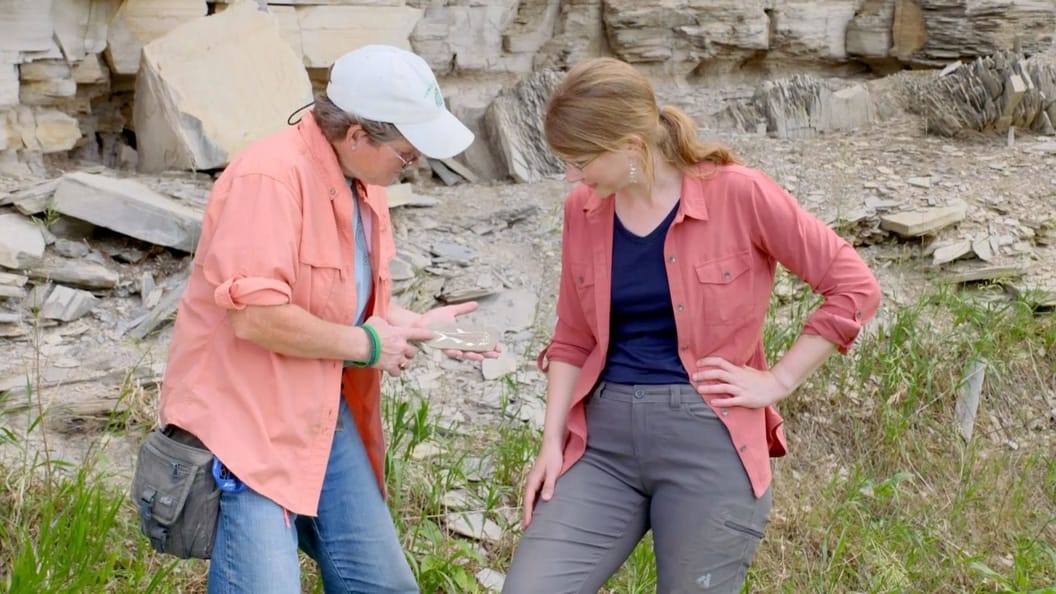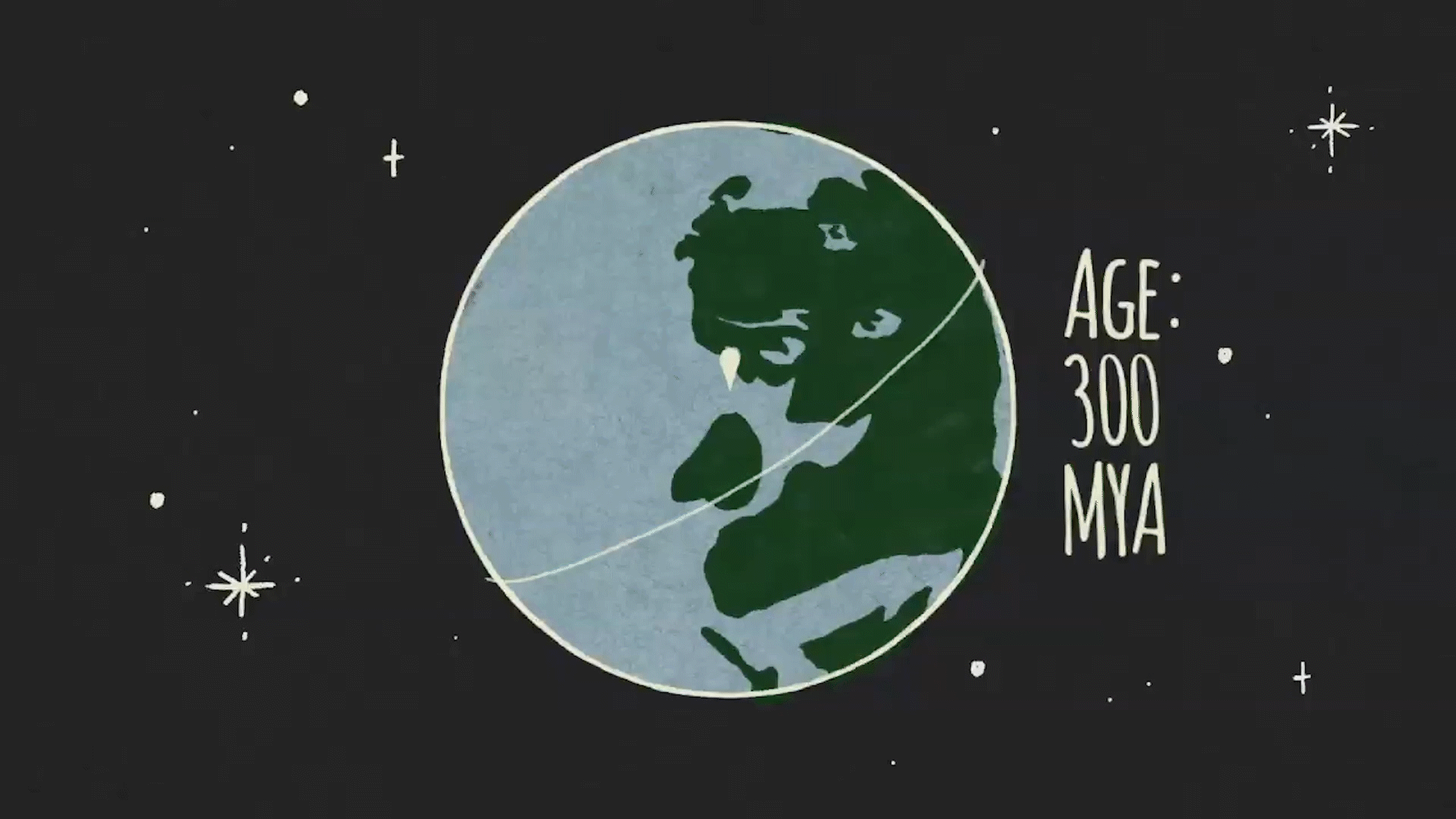There's Something Fishy in Montana's Fossil Deposits | Stops | Prehistoric Road Trip
Way back in the Carboniferous period – and the Mississippian subperiod – North America looked a little different. Okay, a lot different.

Roughly 323 million years ago, there was an ocean bay close to where Ecuador is now. But because of continental drift, some remnants of that bay are in present-day central Montana.
During that time, the land on earth was covered in green. Everything from small plants to massive trees blanketed land masses. According to the Encyclopædia Britannica, thanks to the high oxygen concentration in the atmosphere, insects were able to grow to sizes that would have been hard to squish with a shoe. Massive dragonflies with two-foot-long wingspans flew the skies, and millipedes could reach six feet in length.
In and around the ocean bay, there was a wide variety of peculiar fish and sharks, early invertebrates, scallop-like creatures, and worms. Those organisms represent a period of nearly 10,000 years.

According to paleontologists Eileen Grogan and Richard Lund, the Bear Gulch Limestone in Montana is called a “lagerstätte,” which is basically a well-preserved, fossil deposit with ample specimens. The limestone at Bear Gulch is as much as 90 feet thick and 8 miles wide. The formation used to be close to the equator and was a shallow, tropical bay in the Mississippian subperiod. So though it may not look like it today, grassy Montana was once teeming with funky fish.
Watch more of the clip from Prehistoric Road Trip above to learn about the fossil fish specimens found in Bear Gulch.

